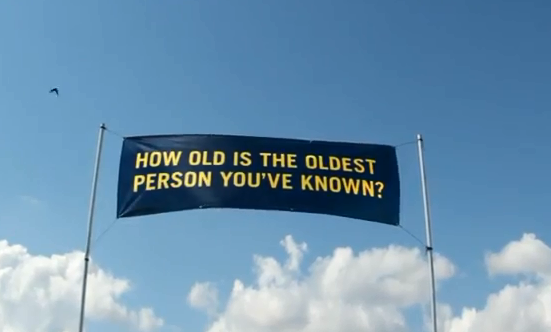Tag: emotional connection
My Credit Union Just Lowered the Bar on Bad Customer Experiences
Have you been fooled by a company you have done business with for many, many years? When I say fooled, I mean the broken kind of trust fooled. And yes Seth, I do want to talk about it. It involves bad customer experiences that my daughter and her husband had with their credit union. Turns…

Marketing Information and Advocacy Advertising: Simple Rules
It is a simple concept. People don’t read ads, they read what interests them. So if you are going to generate advertising and design, you are going to have to create an interesting copy. And, oh, by the way, it must be more interesting than the millions of other advertisements out there. Now that is…